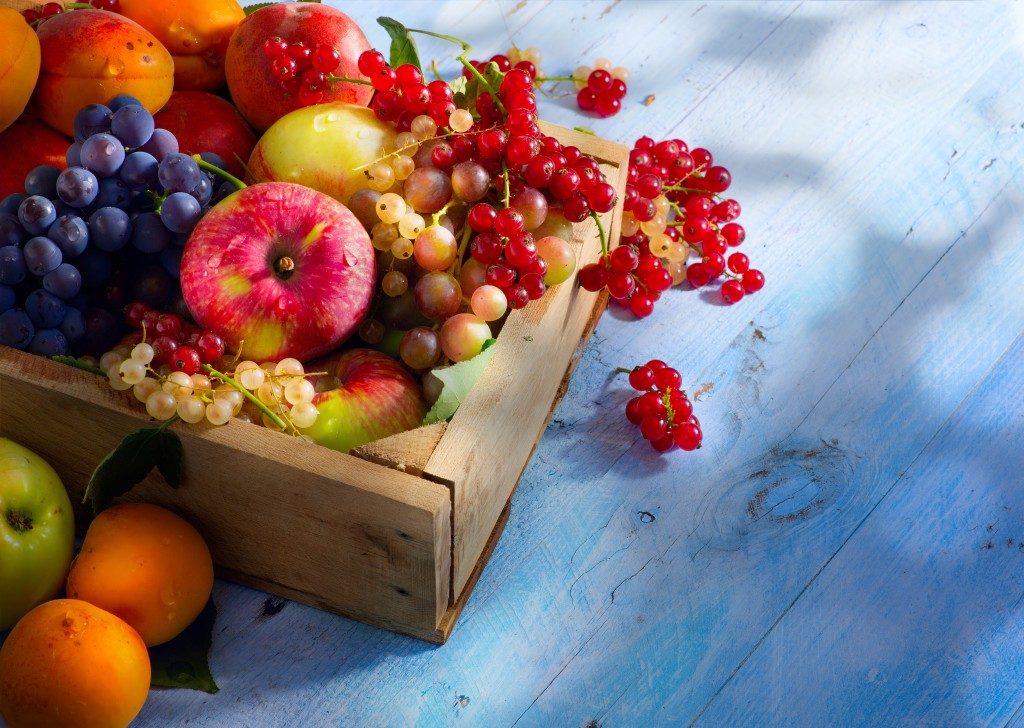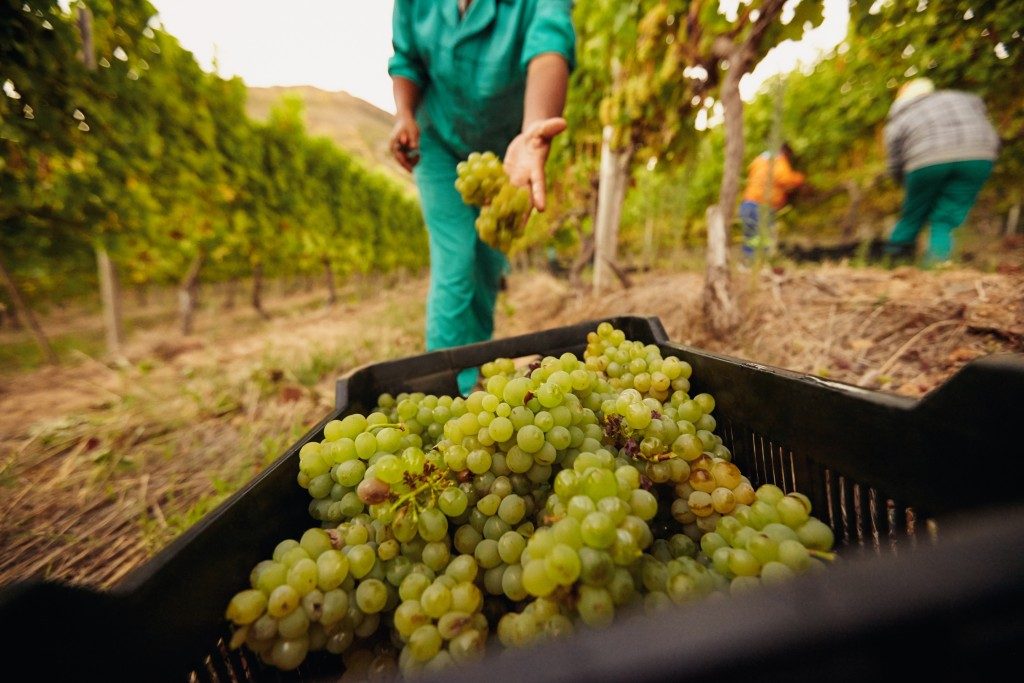Fruit that is meant for commercial distribution requires an extra meticulous harvest and handling plan, not just because of its bulk, but also its maturation process. The goal of every farmer is to produce the most number of units with the most marketable aesthetics and taste.
When a fruit matures, this means it is ready to be harvested, though not necessarily ready to be consumed. Time passes between the period of picking and the actual consumption, so everything that happens in between should be fast and efficient.
That is why the right harvesting, storage, and transport methods are important. These include the types of boxes and bags to keep them in, the careful operation of forklift bin tippers to handle bulk containers, and the arrangement of products on the supermarket shelves.
1. Right Harvesting Tools
The start of the fruit’s journey to the consumer’s table is at that moment it is picked from the tree. The methods and tools used depend on the type of fruit, but the most common ones are knives, secateurs, and picking shears. When the product is difficult to reach, cushioning materials are placed around the tree to minimise damage during the drop.
Commercial growers usually employ extra large bins for collecting freshly harvested fruit, with some having a capacity of up to 500 kilograms. The products are then brought to a packing house for grading, selection, and packaging.
2. Right Packaging
There are several types of packaging, ranging from flexible sacks to wooden crates, pallet crates, and shipping containers. Of course, the sacks are meant for fruits that are hard, such as coconuts, while wooden, wire-bound, and plastic crates are typically used for citrus varieties. If you’re handling bulk produce, pallet boxes are ideal.
3. Storage Cooling Methods
Fruits respond differently to reduced temperatures, although the general recommendation is to keep them in the range of -1 to 13 degrees Celsius, depending on their degree of perishability. Cherries, watermelons, and apricots can rot fast and should be in the -1 to 4 degrees C range, while the more resilient ones such as bananas can be stored at 10 degrees C for one to two weeks. Exposing fruits to high temperatures reduces their shelf life and marketability.
4. Correct Handling Process
 As fruits continue to mature well after they are harvested, their quality also gets closer to a state of spoilage. While sensitive varieties might have already been stored in crates and with ample padding or individual packaging, the way they are transported from to the delivery vehicle or stacked while awaiting display is crucial. Agricultural equipment such as pallet bins, tractors, and forklift bin tippers can help make this process easier and more efficient compared to manually hauling and stacking them.
As fruits continue to mature well after they are harvested, their quality also gets closer to a state of spoilage. While sensitive varieties might have already been stored in crates and with ample padding or individual packaging, the way they are transported from to the delivery vehicle or stacked while awaiting display is crucial. Agricultural equipment such as pallet bins, tractors, and forklift bin tippers can help make this process easier and more efficient compared to manually hauling and stacking them.
5. Preventing Pests and Decay
Immersing the fruits in hot water prior to being stored or displayed can help prevent or control the disease. One of the most common diseases in fruit is anthracnose, which is fungal in nature. Mixing some fungicide with hot water has been found to be effective for the likes of bananas, mangoes, sweet potatoes, blueberries, and others.
Ensuring the long shelf life of fruits, at least until they reach the consumer, requires a deep understanding of harvest and handling processes. Both small and commercial growers know that regardless of the size of the harvest, fruits last longer when the correct methods are employed from the moment they were picked from the tree to the time they are arranged at the stores.
